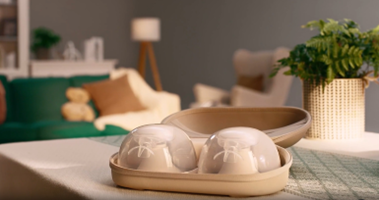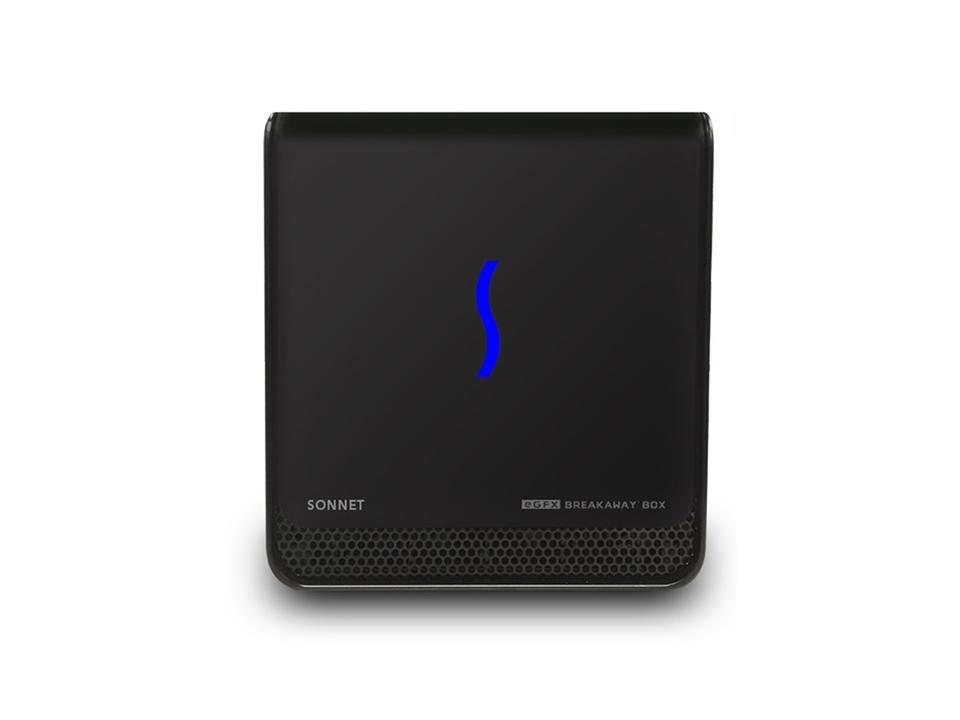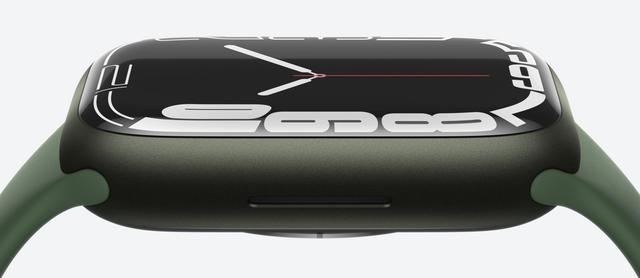Understanding Breast Milk Shelf Life in Refrigeration

Breastfeeding provides essential nutrients for infants, but storing breast milk properly is crucial to maintain its freshness and safety. Understanding how long breast milk lasts in the fridge ensures your baby receives nutrition without the risk of spoilage. Proper storage, consistent hygiene, and smart fridge organization all play a role in milk quality. This blog explains key storage principles, how to set up your fridge effectively, and warning signs to check before feeding—helping you keep your baby’s milk fresh and safe every time.

How Long Breast Milk Lasts in the Fridge: The Essentials
General Storage Timeframes by Source
Breast milk can generally be kept in the fridge for up to four days according to the Centers for Disease Control and Prevention (CDC). Freshly pumped breast milk maintains its quality best within this timeframe when stored at a consistent refrigerator temperature of 4°C (39.2°F) or colder. Refrigerate milk promptly after pumping, and always label storage containers with the date of expression. If not used within the ideal period, consider freezing the milk to extend its shelf life safely.
How Pumping Hygiene Affects Shelf Life
Maintaining proper hygiene during pumping is vital in extending the shelf life of breast milk. Clean pumping equipment thoroughly before each use to prevent bacterial contamination. Wash hands with soap and water before handling parts and ensure bottles and storage containers are sterile. Unclean equipment can introduce bacteria, shortening the milk’s safe storage time in the fridge and posing health risks to infants. Regularly check components for wear and replace any that might compromise cleanliness.
How Often to Check and Rotate Stored Milk
Checking and rotating stored breast milk ensures freshness and minimizes waste. Review stored milk every 24 to 48 hours, ensuring it’s still within the safe usage period. Use a first-in, first-out system, consuming older milk first to maintain a consistent flow of fresh milk. Regularly monitoring storage dates helps detect any milk approaching the expiration timeframe and allows parents to make timely decisions on consumption or freezing.

Creating an Ideal Fridge Setup for Storing Milk
Where to Place Milk for Best Temperature Stability
For optimal temperature stability, store breast milk in the refrigerator’s central area where temperatures remain the most consistent. Avoid placing milk in the fridge doors, where fluctuations are more significant due to frequent opening and closing. Use an appliance thermometer to ensure the fridge maintains the recommended temperature continuously. Proper placement reinforces milk safety, protecting it from spoilage-inducing temperature changes.
Organizing Milk with First-In, First-Out System
Implementing a first-in, first-out (FIFO) system helps efficiently manage stored breast milk. Arrange containers or storage bags so the oldest milk is used first, preventing it from exceeding safe storage periods. Label each container with the pumping date clearly visible to support this system. Regularly review storage arrangements to maintain organization, especially as milk supplies fluctuate.
How to Avoid Cross-Contamination
Preventing cross-contamination is necessary for maintaining breast milk quality. Store milk in dedicated containers separate from raw meats, fish, or other products that could leak juices into the fridge. Use sealed, airtight containers to prevent exposure to other stored food odors or contaminants. Allocate a specific fridge section exclusively for breast milk, reducing the risk of contamination from contact with other items.
What to Watch Out for Before Feeding Stored Milk
Smell and Texture Changes to Recognize
Before feeding, inspect stored breast milk for any smell or texture changes. Fresh breast milk typically has a mild smell, and an unpleasant or sour odor indicates spoilage. The consistency should remain smooth; clumps, inconsistency, or curdling also suggest spoilage. Performing these checks ensures milk is fresh and safe for infant consumption, reducing the risk of gastrointestinal distress or infection.
When to Discard Refrigerated Milk
Discard breast milk if stored beyond safe timeframes or if you notice changes in smell or texture. According to CDC guidelines, milk left at room temperature for over two hours should also be thrown away. If breast milk has been sitting out too long, don’t risk feeding it. After two hours, bacteria can multiply rapidly, making it unsafe. When in doubt, always prioritize safety—discarding questionable milk helps ensure your baby only receives fresh, high-quality nutrition every time.
Conclusion
Proper storage, timely consumption, and careful monitoring are essential for maintaining breast milk quality in the fridge. Knowing how long is breastmilk good in the fridge allows parents to prevent spoilage and protect valuable nutrients. Creating a stable, hygienic fridge environment and following best practices extends milk’s shelf life. Recognizing visual or smell changes helps identify when milk is no longer safe. By respecting storage timelines and observing simple habits, you can ensure your baby receives fresh, healthy milk—supporting growth, development, and your peace of mind during every feeding.




